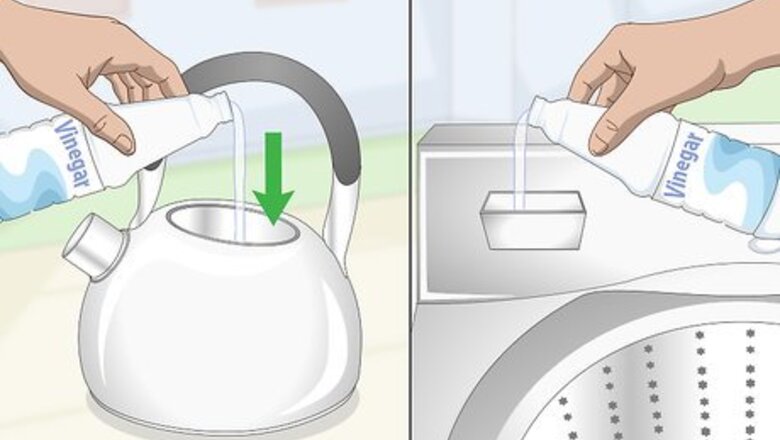
views
Removing Limescale From Appliances
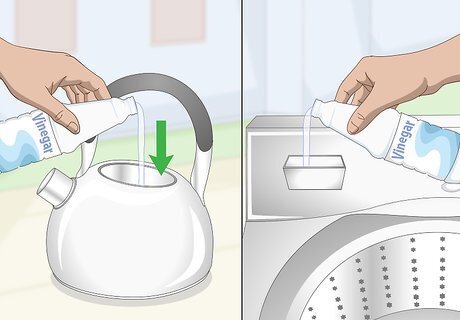
Pour vinegar in the appliance. White vinegar (acetic acid) is a great cleaner that can remove even the toughest deposits and stains without affecting the surface below. Acetic acid is a biocompatible and relatively gentle chemical, making it an effective alternative to commercial cleaning products for use in appliances. To clean a kettle or coffeemaker, fill it with equal parts water and vinegar. For washing machines or dishwashers, pour vinegar into the dispensing drawer of the machine. Lemon juice is also a good substitute for vinegar if you don't have any in your home.
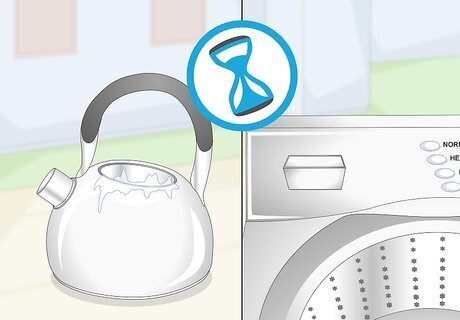
Let the vinegar sit. If you are cleaning out a coffee maker or kettle, let the vinegar sit for an hour. This allows the vinegar to sink into the water compartment, which is usually the part of the machine that suffers from limescale. If you are cleaning a washing machine or a dishwasher, you don't need to let the vinegar soak.
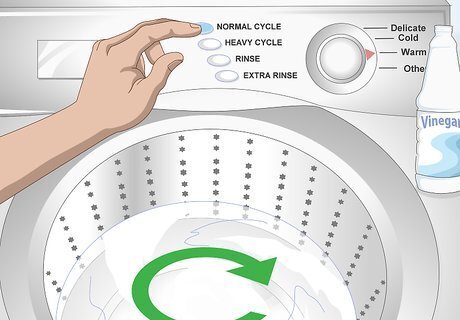
Run a vinegar cycle. Run a cycle of the appliance you are cleaning. The acid of the vinegar along with the heat will work to infiltrate the limescale and remove it from the inside of the appliance.

Run a water cycle. After you have done a vinegar cycle, do a regular cycle. For coffeemakers and kettles, fill with water and boil. For washing machines and dishwashers, put the machine through a cycle without any soap or cleaner. This will wash out any remnants of the vinegar to leave your appliance vinegar and limescale free! If you are cleaning a coffeemaker or kettle you may want to do several cycles so you don't taste the vinegar the next time you use it.
Removing Limescale From Taps
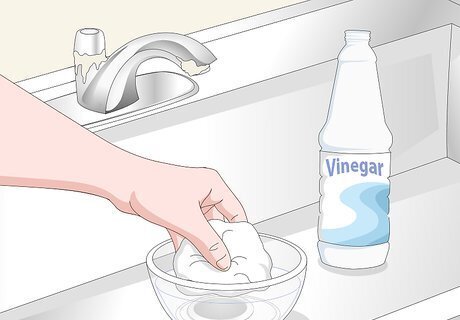
Soak a rag in vinegar. Take an absorbent rag or towel and soak it in white vinegar. Make sure that the entire towel has absorbed the vinegar, not just a section of it. Wring it out if it is excessively dripping, but make it as wet as possible.
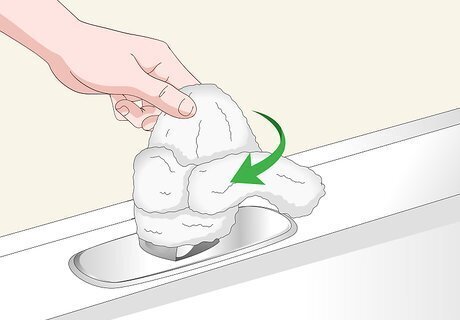
Wrap the rag around the tap. Take the rag and wrap it around the tap. Use rubber bands to hold the rag in place. Make sure that the entire surface of the metal is touching the rag. Leave the rag wrapped around the tap for an hour. After an hour, remove the rag. Leaving the rag around the faucet helps the vinegar break apart and remove stubborn limescale.
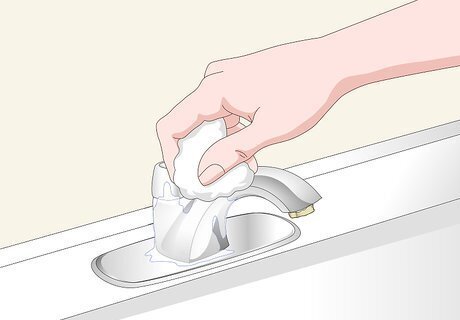
Wipe the faucet with a clean cloth. You should notice that your faucet looks much better! Use a clean cloth to remove the last remnants of limescale and vinegar. Use a Q-tip to get at hard to reach nooks.
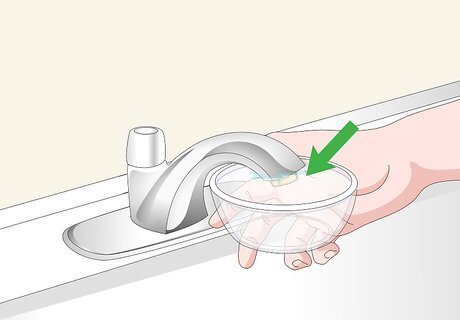
Submerge the head of the faucet. Sometimes the head of the faucet needs special attention because it is the place that tends to accumulate the most limescale. If you notice that the rest of the tap looks great but the head still has some limescale, take a small cup of vinegar and submerge the head of the faucet in it. Wrap a towel around the whole head a the faucet, including the cup, and rubber band it in place. Make sure that the towel is tight around the faucet so that the head of the tap stays submerged.
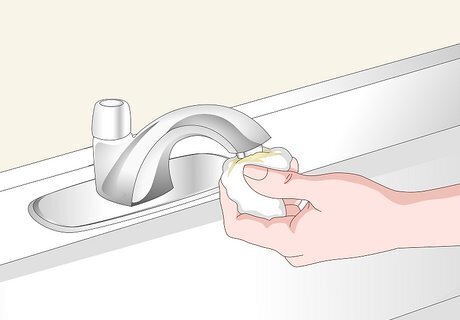
Wipe the head of the tap. After an hour, remove the towel and the cup from the head of the tap. Use a clean cloth to wipe away any remaining vinegar and limescale. If you're cleaning your sink faucet, turn it on and run it for a few seconds so you don't taste vinegar the next time you use it!
Removing Limescale From Toilets
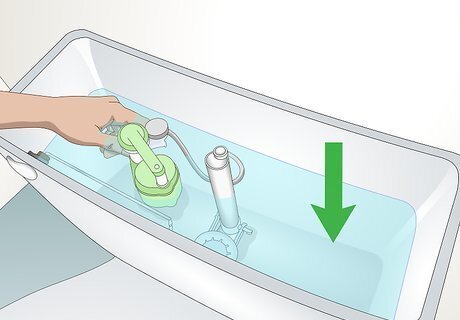
Lower the water level slightly, by adjusting the level under the lid. To adjust the level, flush the toilet and while it is flushing, turn the screw of the adjustment level counterclockwise. Do this until the bowl of the toilet is empty or almost empty.
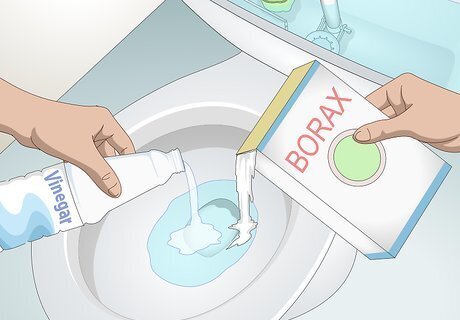
Pour a vinegar borax mixture into the toilet. Mix two to three cups of white vinegar with equal parts borax. Pour it directly into your toilet bowl, making sure the areas affected by limescale are under the liquid. Leave it for two hours to allow the borax and vinegar to dissolve the limescale.
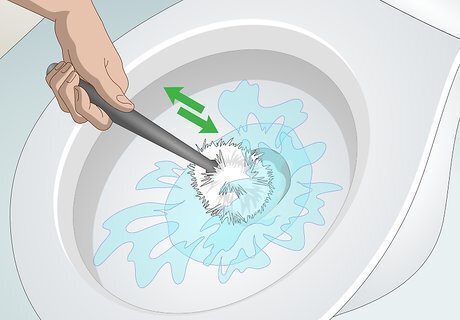
Scrub the toilet with a toilet scrub brush. After you have let the limescale soak, return to the toilet and scrub vigorously with a scrub brush with the vinegar and borax mixture still in the toilet bowl.

Flush the toilet. After scrubbing, flush the toilet to let the vinegar borax mixture go down the drains. The water should wash away any remnants of limescale. If you still see limescale, do another scrub of the toilet and flush it again. Repeat until all the limescale is gone. Don't forget to readjust the level on your toilet.


















Comments
0 comment